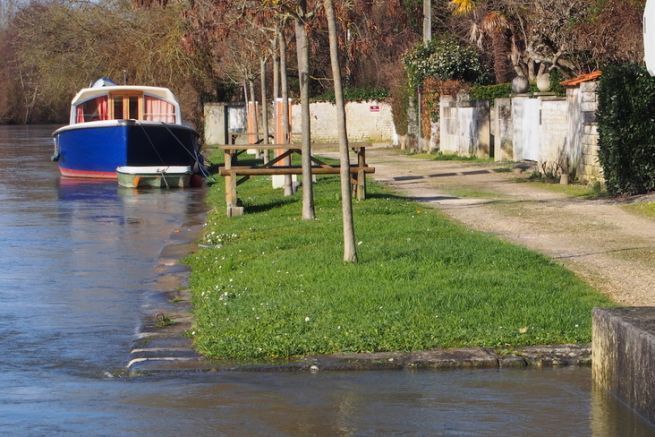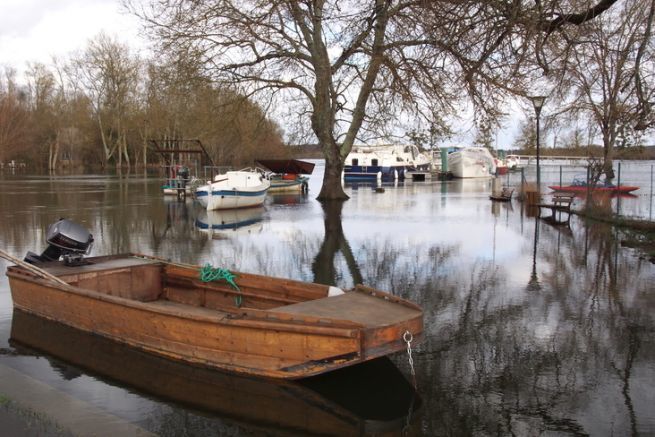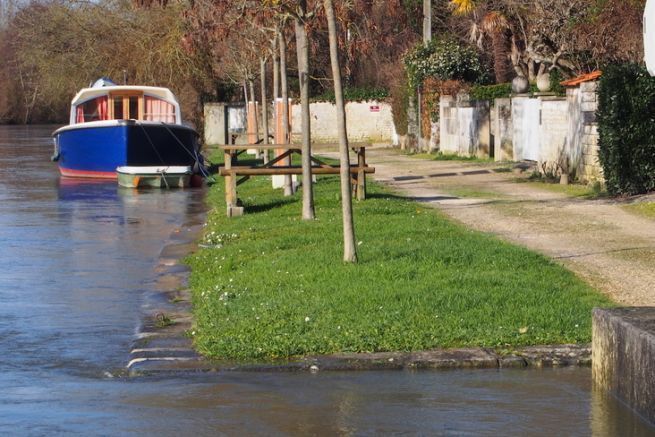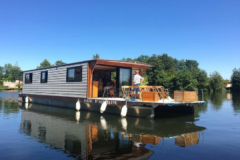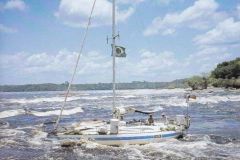The river where we usually navigate serenely is sometimes taken by caprices, which rightly worry any boat owner. A serious mooring cannot be improvised, especially since it will probably have to be adjusted in the middle of a current. It is important to make sure that the boat cannot come to the dock under water, where it could get damaged and especially get stuck when the water level drops.
A thoughtful docking
If possible, prefer to dock on a floating pontoon to avoid having to adjust the mooring lines. Failing that, and more than ever, have the mooring lines go around the bollard or the ring to come back on board. This will make it easier to release or regain tension, without having to dip your arms into the icy water in case the dock becomes submerged.
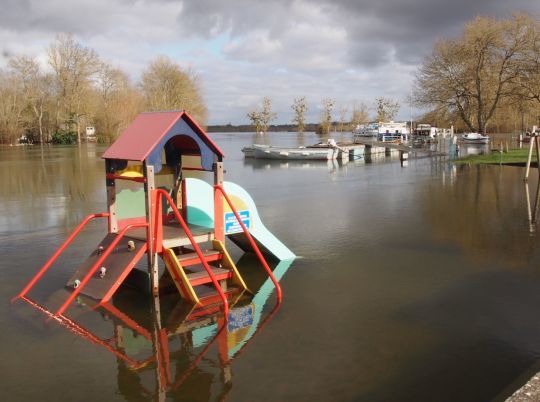
Plan for the rise
Careful doubling of the mooring should not make you forget that you will have to adjust the mooring lines under tension, and sometimes in uncomfortable conditions. Avoid piling up inextricable knots. Above all, be aware that the rise may continue beyond the usual ratings.
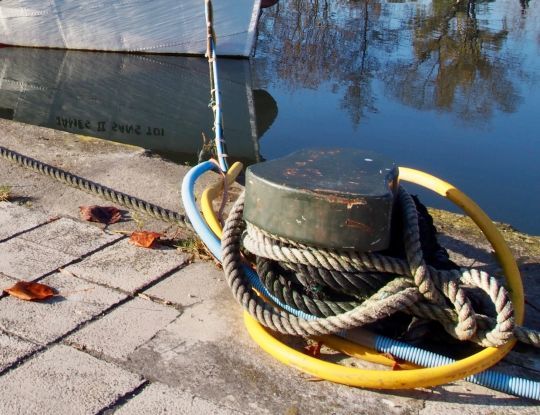
No hindrance
Common sense might lead you to drop an anchor in case the mooring lines run out. But this is a bad idea! The chain stops everything that passes within its reach: branches, grass, bags... All this creates a pile that quickly reaches several hundred kilos and offers a grip to the current.
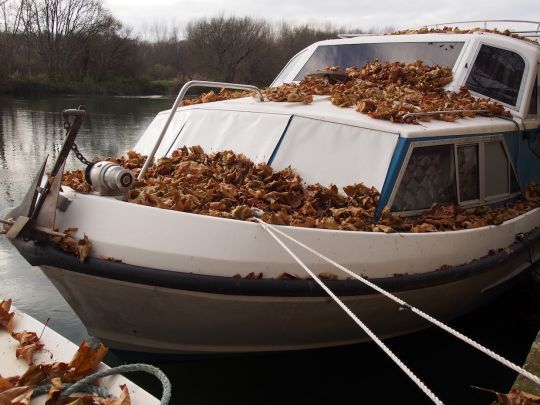
Staying afloat
Preferably choose a parking area on the inside of a curve. The current is slower and logs, branches and other debris carried by the flood will be washed out to sea. If you park along a dock that is likely to be submerged, plan a way to keep the boat in the riverbed, not only during the rise, but especially so that it doesn't land on the dock or, worse, on a bollard or piece of street furniture during the fall.
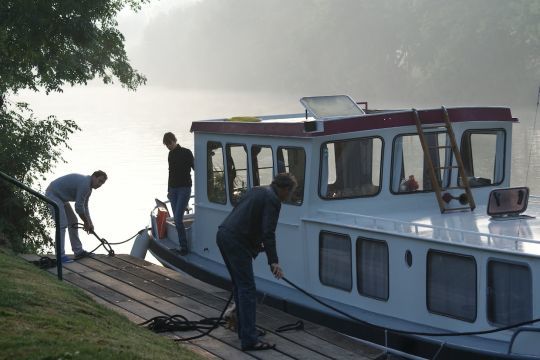
The skimmers, the solution of the bargemen
The bails, these articulated poles on the dock that keep the boat away from it, are a good solution, but are not adapted to all types of boats. A good solution is to place a slide, vertical, which will force the boat to stay in the riverbed.
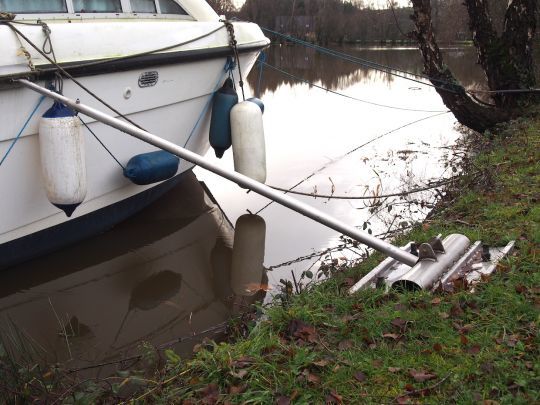
An efficient slider
A piece of wood works well. It will have to be moored vertically against the planking, so that the current or the buoyancy of the wood does not cause it to straighten. This way, the boat will follow the variations in level, guided along the quay by this slide. Be careful, however, to watch the recession. Indeed, a slide that is too long could get stuck to the bottom and force the mooring lines.
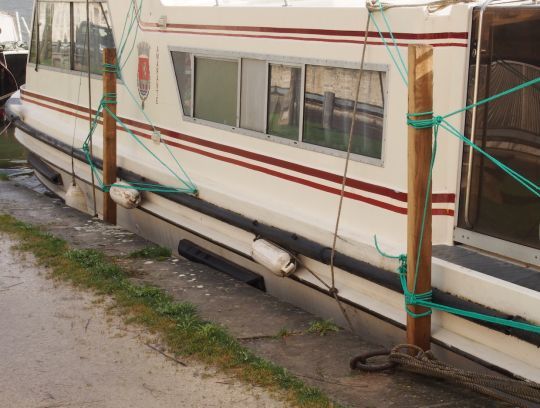
Beware, even in familiar territory, a flood is never harmless. Wear a life jacket during all maneuvers, including at the dock. Walking on a submerged area is dangerous. Water depths of 50 centimeters are dangerous for a man on foot, as soon as the current speed exceeds 0.50 meters per second. It is easy to trip over an obstacle or to put your foot in a hole. Moreover, a car starts to float as soon as it is in 30 centimeters of water!
